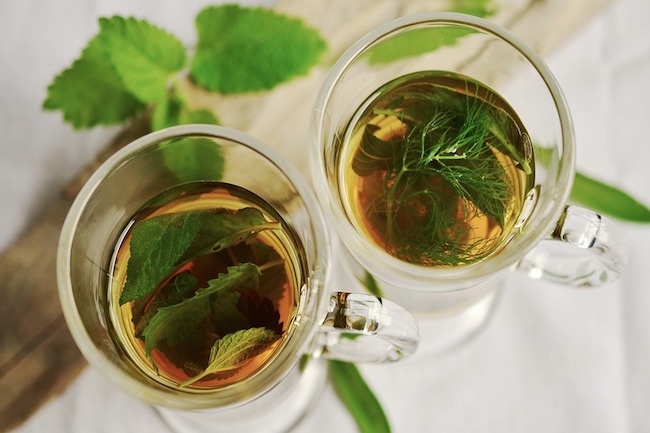5 Antibacterial Agents (“AncientBiotics”) From Nature By GreenMedInfo Research Group
Probiotics, green tea and honey are examples of “ancientbiotics” — natural compounds that have been used for centuries to address the overgrowth of opportunistic bacteria, and that have scientifically validated antibacterial (i.e. microbiome improving) properties that are valued to this day.
Antimicrobial resistance (AMR) has been declared one of the top 10 global public health threats to humanity.[i] It’s fueled by the misuse and overuse of antimicrobials and occurs when the microbiome is altered (dysbios) and ceratin bacteria, viruses, fungi and parasites become impervious to the antimicrobial drugs conventionally used to treat them. In the U.S. alone, 2.8 million people are believed to develop antibiotic-resistant infections annually, and 35,000 people die as a result.[ii]
As drug-resistant pathogens spread, infections that were once easy to treat can become life-threatening and there are few new options in development. Even the World Health Organization (WHO) stated, “The clinical pipeline of new antimicrobials is dry.”[iii]
If you’re facing a serious infection, you should seek medical attention immediately. However, it’s useful to be aware of the antibacterial agents found in nature, many of which have been valued since ancient times.
Ancient Civilizations Relied on Natural Antibiotics
With antimicrobial-resistant infections on the rise, scientists are now looking with interest at ancient medieval medical texts, which include various recipes to treat conditions that were likely microbial infections and/or cases of dysbios where certain naturally occurring microbes grew opportunistically and out of proportion to its natural ratios. One such remedy that’s 1,000 years old included crushed garlic and a second substance in the Allium species combined with wine and oxgall, or bovine bile, then left to sit in a brass or bronze vessel for nine days and nights.
“The ingredients combined to treat this infection appear promising to the modern microbiologist,” researchers wrote in the journal mBio.[iv] They reconstructed the remedy, which they believe was used to treat styes, then known as “wen,” which are caused by Staphylococcus aureus bacteria.
The “ancientbiotics” turned out to be effective, with the study noting their “activity relies on the combined activity of several antimicrobial ingredients” and highlights the “untapped potential of premodern remedies for yielding novel therapeutics at a time when new antibiotics are desperately needed.”[v]
In other instances, garlic was used by ancient Greece, Rome, India and China for infections and respiratory ailments,[vi] while in ancient Egypt, China, Serbia, Greece and Rome moldy bread was applied as a topical treatment for infections. Other ancient civilizations relied on herbs, honey and, in some cases, animal feces to treat infection.[vii]
Five Top Natural Antibacterial Agents
Some of the most prized antimicrobial agents come from nature, and many of them are easy to access and incorporate into your routine as necessary. At GreenMedInfo.com, you can read about 525 substances that work as antibacterial agents, which include:
1. Probiotics
Ancient civilizations embraced fermented foods, which gave them a rich source of probiotics. Today, probiotics are well known for bolstering the beneficial bacteria in your gut. Less widely known is their usefulness for directly inhibiting bacterial pathogens like E. coli, shigella, salmonella and C. difficile. A multi-strain probiotic is especially useful for this purpose.[viii]
Probiotics also produce inhibitory substances such as hydrogen peroxide and bacteriocins, which may inhibit pathogenic bacteria, while also blocking adhesion sites, competing for nutrients with pathogens and bolstering the immune response. “Unequivocal evidence” proves the antimicrobial activity of probiotics, which includes:[ix]
Continue Reading / Green Med Info >>>
“© [2021] GreenMedInfo LLC. This work is reproduced and distributed with the permission of GreenMedInfo LLC. Want to learn more from GreenMedInfo? Sign up for the newsletter here //www.greenmedinfo.com/greenmed/newsletter.”




